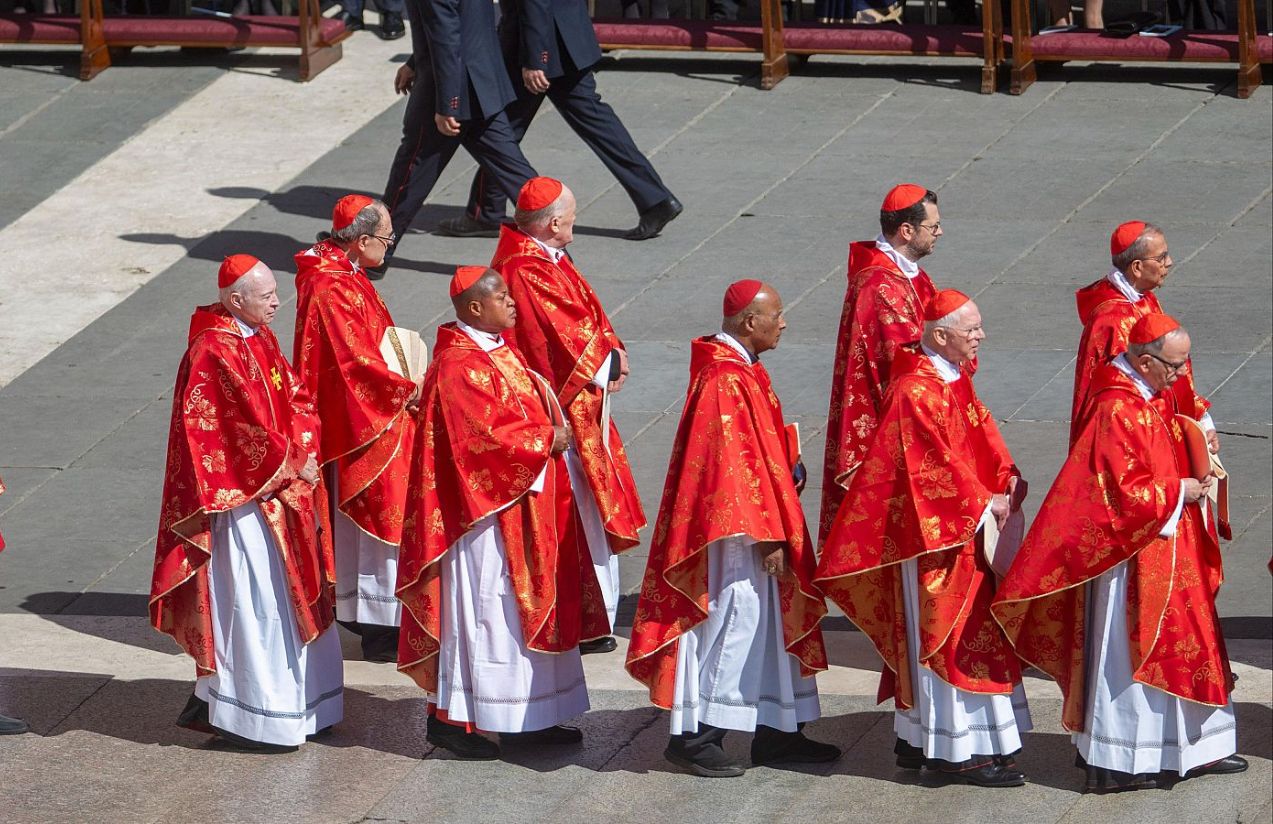Beneath the timeless frescoes of Renaissance masters and under strict isolation, 133 cardinals dressed in red solemnly entered the Sistine Chapel on Wednesday to begin the first round of voting to elect the next spiritual leader of the world’s 1.4 billion Catholics.
With the closing of the chapel’s iconic wooden doors, the first papal conclave in over a decade officially began. The process was set in motion just over two weeks after the death of Pope Francis, at a time when the Church faces internal tensions, financial strain, and the lingering impact of clerical abuse scandals.
Earlier that morning, the cardinals attended Mass at St. Peter’s Basilica — their final public appearance before entering total seclusion within the Vatican walls, without phones or internet access, until a decision is reached. Inside the Sistine Chapel, they swore an oath of absolute secrecy, as required by conclave rules.
An initial vote was expected on Wednesday, though it was unlikely to produce the two-thirds majority needed to elect a new pontiff.
While the papal election is one of the oldest traditions in the world, this conclave stands apart: many cardinals appointed by Francis are meeting each other for the first time, bringing with them new perspectives, priorities, and challenges. Experts say these unfamiliar dynamics could lead to more division than usual. Francis’s legacy has left the Church deeply polarized, with progressive factions pushing for greater inclusion and reform, while conservatives seek to roll back changes in the name of unity.
Key Points:
How it works: The cardinals deliberate in total secrecy. If no consensus is reached on Wednesday, they will spend the night in Vatican guesthouses and return to the Sistine Chapel on Thursday. Up to four voting rounds will take place each day until a two-thirds majority is achieved. The process has no fixed timeline, though the previous two conclaves concluded within two days.
Leading contenders: While predicting the outcome of a papal election is always difficult, two frontrunners have emerged: Italian Cardinal Pietro Parolin, Francis’s former second-in-command, and Filipino Cardinal Luis Antonio Tagle, a prominent figure in a region where Catholicism is rapidly growing.
A referendum on Francis: In many ways, this conclave is also a judgment on the direction set by the late pope. During his 12-year papacy, Francis made headlines for historic moves that energized liberal Catholics — such as allowing blessings for same-sex couples and speaking out forcefully on behalf of migrants.
How much do you know about the conclave? Test your knowledge with our interactive quiz (in English) on how a pope is chosen.

